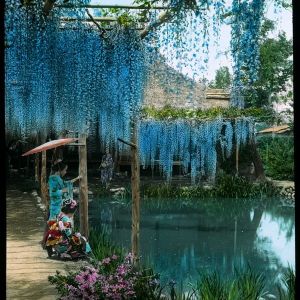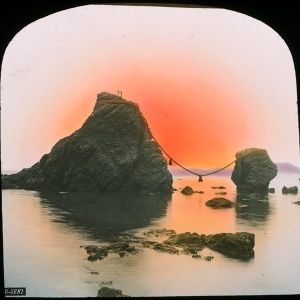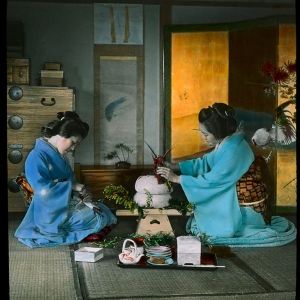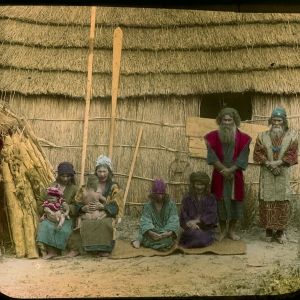HELENEUM – LUGANO
The exhibition on the ground floor of the Heleneum immerses the visitor in the magical atmosphere, full of light and colour, of late 19th century Japan, thanks to a hundred or so works from the Perino Collection. These are glass slides, albumen photographs and chromolithographs collected in recent times by Claudio Perino, a physician and traditional Japanese art enthusiast for over twenty years. In the exhibition, the glass plates are placed in relation to a selection of woodcut prints and hand-coloured albumen prints of similar subject matter to highlight how much the medium may have changed over the years, but not the subject matter addressed by the artists. The exhibition is part of the programme of events promoted by the Embassy of Japan in Switzerland to celebrate the 150th anniversary of diplomatic relations between the two countries.
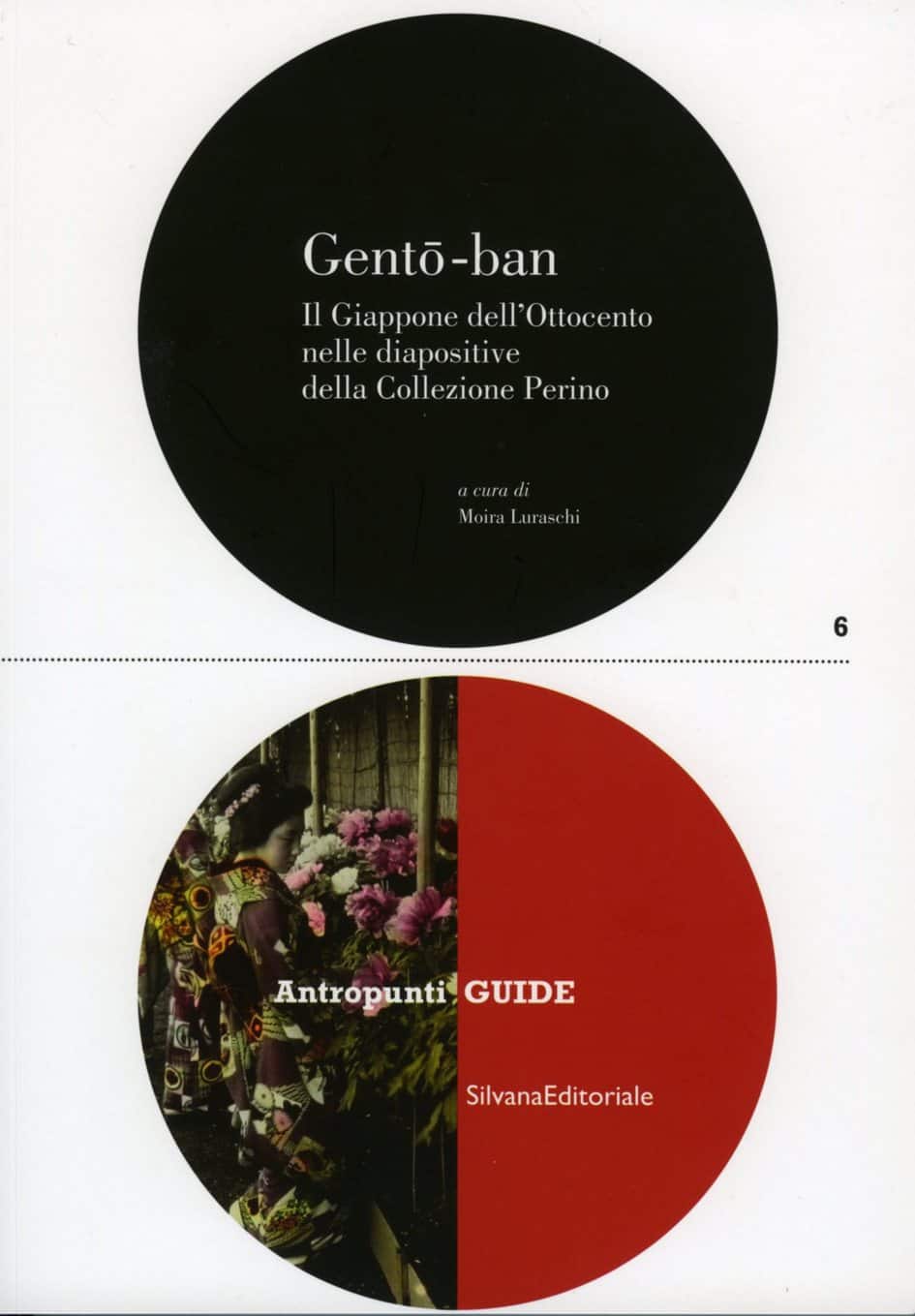
Almost all of the images are exemplars of the so-called Yokohama School, to which the more than 5000 hand-painted albumen photographs that the Museo delle Culture preserves and enhances through intensive international research and exhibitions (Ceschin-Pilone/Fagioli Collection) also belong. This exhibition focuses on media other than photo albums and further emphasises the central role that the images of the Yokohama School played in the formation of a collective imagination about Japan in the West. This phenomenon characterised precisely the tumultuous years of the Meiji period (1868-1912), when Japan opened up to the West after centuries of isolation and initiated a rapid and profound transformation that led to contemporary Japan. It was a period full of contradictions, characterised by curiosity and mutual, exotic visions, which are expressed in the subjects chosen by the photographers of the time: geishas among flowers, samurai, sumo wrestlers, kendōka, but also Westerners in rickshaws, bearded Ainu of the Hokkaidō, or again, the gas lamps along the streets of Japanese cities. The almost dreamlike dimension of the images of the Yokohama School is accentuated by a peculiar medium, widespread at the time and now almost forgotten: the delicate slides made of glass plates, called gentō-ban (燈板), which literally means ‘illusion of light’. The images on the slides were obtained from photographic or stereographic negatives and then, like photo albums themselves, were finely hand-coloured by local craftsmen. Unlike photographs, slides were projected onto a white wall with a magic lantern, a kind of projector that was a forerunner of the cinema.


